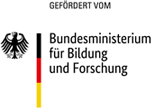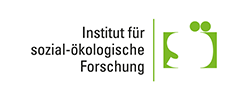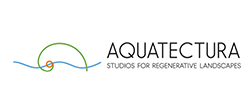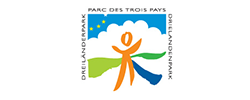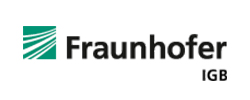A case study in Belgium showed that even in regions without acute water shortages, agricultural water reuse can attract the interest of practitioners if it generates benefits for stakeholders.
The HypoWave concept deals with solutions for high-quality water and nutrient reuse in agriculture. In addition to the targeted treatment of municipal wastewater, the focus is on its use in a hydroponic greenhouse for crop production. This feasibility study in Raeren, Belgium, shows a concrete implementation concept that was developed through interviews, site visits, working meetings and stakeholder workshops together with local actors. Parts of Raeren so far only have settling pits and sewers but no wastewater treatment. The developed concept meets the requirements of a robust, flexible technology consisting of a settling pond, Sequencing Batch Reactor (SBR) and fining pond as preparation for irrigation water production for hydroponic greenhouse production of cut flowers, in this case chrysanthemums. The expected discharge levels take into account the ecological and hydraulic requirements of the watershed and can contribute to improved water body condition through the introduced wastewater treatment. The outlined operator model shows the possibilities of cooperation among the involved actors, municipality, wastewater disposal company and greenhouse operator. The economic feasibility study shows the potentials of the economic operation of the greenhouse if the wastewater treatment costs are taken over by the wastewater disposal company. The developed concept contributes to the common good in several ways: it can improve the settlement water management situation in the considered settlement areas, it reuses water and nutrients in a future-oriented agriculture and it enables a social-economic greenhouse operation. The combination with short rotation plantation, reed polder and fining pond enables further synergy effects such as a more extensive purification of the water, the additional production of biomass and the good embedding of the plant in the landscape.
